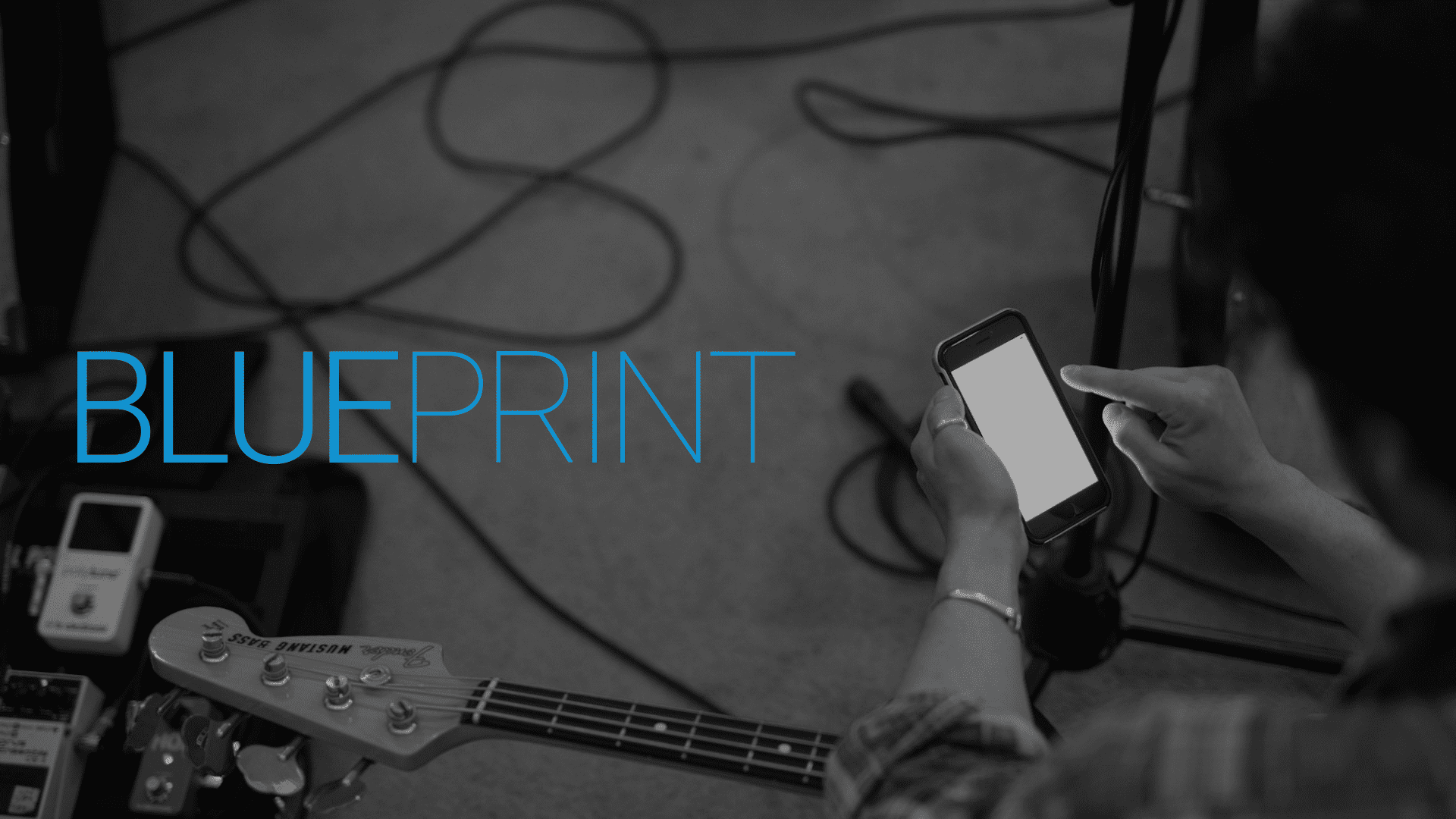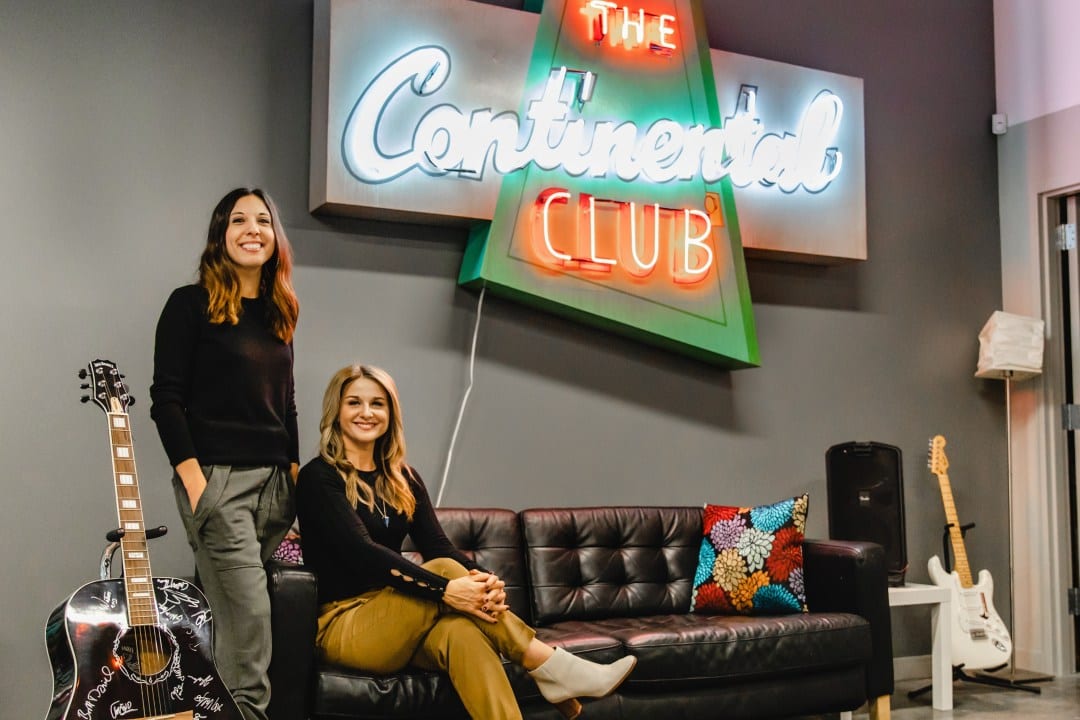The Importance of a Cohesive Brand & Tips on Getting Started
Contributed by Lyle Burns
It’s a lot of work to build a cohesive brand, but you can’t skip this step if you want a successful career in music.
The key to creating and growing a strong brand is the ability to create memory structures with fans. Cement your brand into the minds of fans using colors, images, videos, activities, values, the locations your music is played, and how you communicate. Build associations around yourself and most importantly, your music. Once those memory structures are built, you must constantly refresh them.
By doing this your brand will cut through the noise, stand out, and will be easier to notice and then remember.
So, let’s talk about how you can get started with creating a standout and cohesive brand.
At Noise Complaints, we focus on authentic storytelling when it comes to developing a brand. Your brand is the combination of your personal story: your experiences, goals, interests, values, and mission presented in an organized and authentic way. It’s the identity you and your team craft and represent through your actions and visuals, whether that’s a logo, attire, haircut, or the way you carry yourself. Together, these aspects add up to create an entire package and make you uniquely appealing to your fan base. Give them a reason to choose you and allow them to deeply connect with you.
1. Think about brand alignment
Your brand needs to align across three areas. Primarily, your brand must align with yourself as a person and your personal vision and goals. Next, it must align with your product, which is your music. Lastly, it must align with your fans, which includes their lifestyles, activities, and values. Those are the foundational elements of your brand that attracts fans.
2. Take some time to do some self-reflection
When working with artists, we start by asking a set of questions to discover more about them, their goals and worldview, and their music. The goal is to understand what makes an artist tick, what’s at the core of their story, and what’s special about their music. Once this is laid out, an artist can start to determine their positioning and how they want to connect with their audience.
First, you want to understand who you are. Be able to clearly and concisely articulate who you are as a person and as an artist in a way that current and future fans can quickly understand and identify with. Second, understand your values. Be able to tell the world what values are most important to you and why. The ones you wouldn’t abandon or change no matter the amount of money offered. Third, set expectations. You must set the expectations of where you want to go, so you need to be able to describe the vision for your career. Lastly, you need to understand what you offer. You need to be able to clearly, concisely, and vividly describe your product.
3. Determine your fanbase and understand how they think
Whether you’re an artist signed to a major label or an independent artist carving out your own path, you need to build out your core fanbase. Your fans must be at the center of your brand’s focus. Your fans support you. They can work as a marketing force for you, help your career grow, and help you achieve financial success. If your fans are held to the highest importance, delivering a quality product and experience will become second nature. So, know how you want your art to fit into your fans’ lives. Know who will be engaging and interacting with you and how you want to deliver value to them.
So, how do you determine that fanbase and understand how they think? Simple – do some research. First, study similar artists with fans that you want. You’re not aiming to copy what they’re doing; you’re aiming to create a frame of reference and familiarity for your brand that people can recognize. Study how to engage. What is being shared? What topics are being discussed? What things are important to them? Figure out what your fans value. Find the intersections of what they care about and what you care about. It’s one thing to form a brand that appeals to people, but if your brand doesn’t contain your passions, it will be hollow. Figure out where to reach the audience you want. Research what platforms your fans are using and what types of content they engage with – that will allow you to decide how you want people to connect and engage with your brand. The key here is to decide how you as an artist and your music will fit into their lives, when will they listen to it, what will they be doing when they listen to it, and what will it make them think and feel.
In the beginning, everyone will be a casual fan. It’s your job to turn them into core fans. The first step to doing so is creating meaningful interactions with your fans. To do this, you must understand your fans and identify why your fans follow you. The best way to do that is by simply talking to your fans. Talk to them after your shows, chat with them online, and connect with them on an individual level to understand why they support you.
4. Position your brand and your music
Simply put, brand positioning is how your brand fits in the minds of your fans and help guide the decisions you make that affect how fans perceive you and your brand. One big stumbling block artists run into is describing their music. Describing your music by stating the genre means almost nothing because genres are so diverse and have blended greatly. The purpose of your brand is to draw people in, so you need to be able to describe your music in a way that makes sense and paints a vivid picture for them. For example, for an artist like Pusha T, I’d say he makes lyric-driven hip-hop for hustlers and people who enjoy luxury drug raps. For an artist like Curren$y I’d say he makes hip-hop with an unorthodox flow for people who enjoy weed and cars. To help artists better position and describe their music, I created a “genre” formula. Be as specific as you can about the audience for your music and how it fits into their lifestyle.
5. Craft your story
Brand stories are not marketing materials. They are not ads, and they are not sales pitches. Brand stories should be told with the brand persona and your personality at center stage. Boring stories won’t attract and retain readers, but stories brimming with personality can. As Seth Godin says, “Marketing is no longer about the stuff you make, but the stories you tell.”
To tell a great brand story, here are some key tips:
• Be real: Your stories need to be rooted in the reality of you and your brand, so the message and values conveyed in the story are clear and consistent.
• Personality: Let your personality and the brand personality shine. A story without personality is boring, and no one remembers boring stories.
• Structure: Follow a traditional story structure with a beginning, middle, and end. An example structure could flow this way, the beginning can be what inspired you to make music, the middle describes the change or connection you want your music to make, and the end is where you want to take your fans in the ideal future.
• Engage: Tell the story across mediums and using multiple layers to keep fans coming back for more.
6. Develop the Visual Identity
Brand stories aren’t just told with words – they’re also visuals. So, the images, colors, and other visual elements you use to tell your story and craft your brand are incredibly important. Your visual identity is the personification of your brand into tangible elements and your identity must be clear, consistent, and cohesive. Artists are sometimes so eager to come to market that they skip a crucial step in marketing themselves – solidifying a visual identity. This results in a disjointed appearance, an inconsistent message, and the inability to create brand loyalty.
Visual identity is critical to growing your brand. A key aspect of brand growth is distinctiveness so that it stands out and is easy for people to recognize and remember. Even if your music is similar to another artist’s, your visual brand should not be. It should be unique and speak to you.

7. Communicate
Your brand won’t mean much if you don’t share it with the world. Keep all the information clear, structured, and easy to follow while explaining what makes you unique. Be authentic and show your personality. Keep the story, values, themes, look, feel, and experience consistent. Be well rounded and talk about more than just music or yourself. Give fans relevant, quality content. Most importantly, know who you’re talking to, convey your values, encourage engagement, share your feelings, and fit into your fans’ lives.
Amber Grimes, the VP of Creative for Capitol Music Group admits, “The difference between a superstar and a run-of-the-mill artist lies in their narrative.”
With this being the case, more and more major labels are recognizing the value of building brands for artists and building out their artist development teams focused on “helping new acts establish a personal brand that is consistent across their music releases, fashion sensibility, live shows and more.” The goal being, as JJ Corsini, a VP of artist development at Universal Music Group, points out “is to foster a deeper connection with fans and achieve longevity in the fast-paced digital music landscape.” Independent artists can and should work on building their brands, as well. Reference these guidelines when doing so and get creative and experiment with what works, and make your mistakes while no one is watching.
—
Lyle Burns is a co-founder of brand agency The Noise Complaints Group. He works with artists, creatives, entrepreneurs and big brands to develop a unique strategy and vision for each brand, then successfully plan campaigns and tell integrated stories that will make your brand recognizable in a crowded market. If you need any help or have questions, feel free to reach out to Lyle at Lyle@noisecomplaintgroup.com or follow Noise Complaints Group on Instagram @noisecomplaintsgroup or sign up for a coaching session.







